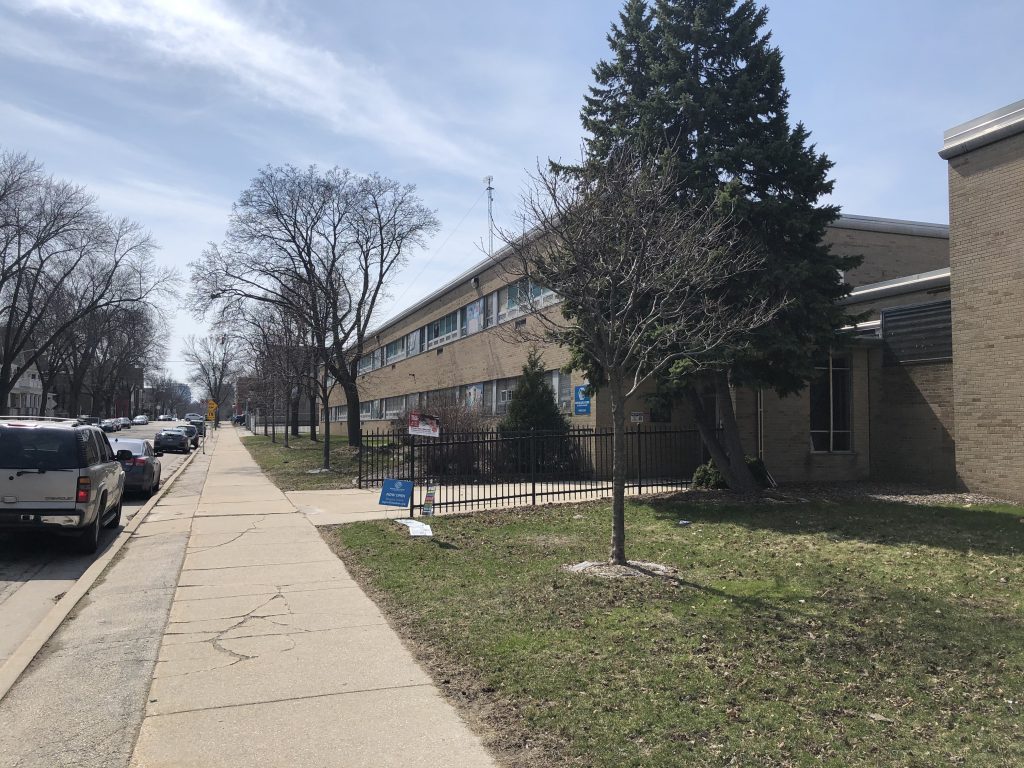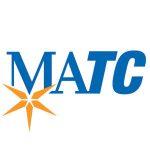How Will Local Schools Handle Afghan Children?
MPS, local educators have experience with refugees. But it’s not a simple undertaking.
James Sayavong knows what it is like to be a refugee in America. His father was a military officer in Laos when the Communists overran his country after America pulled out of Vietnam and the surrounding area. His mother buried documents in the yard for fear the Communist government would come after their family. The family ultimately decided to flee, first winding up in a refugee camp in Thailand, then the Philippines. By the time they got to Milwaukee, James Sayavong was age 21 with no high school diploma and an uncertain future.
Today Sayavogn is the principal of Milwaukee Academy of Chinese Language (MACL), a Milwaukee Public Schools (MPS) institution just a half mile west of Marquette University. MACL is also home to the International Welcome Center (IWC), often the first stop for refugee children coming to Milwaukee. His school is preparing for the first wave of Afghan children.
MPS officials believe the majority of those Afghans settling in Wisconsin will find their way to the state’s major cities for several reasons:
First, larger cities like Milwaukee, Madison and Green Bay have the necessary infrastructure to help refugee children transition socially and educationally. These school systems have gone through this process before, most recently with children coming from Islamic countries such as Somalia or the Rohingya from Myanmar (Burma).
Second, refugees tend to cluster, especially from countries where tribal or family identity is important. Drive the interstate highway from Minneapolis to Milwaukee, and in every large community you find Hmong families. One might consider the Wisconsin climate for those coming from southeast Asia to be inhospitable, but Sayavong notes that most of the Hmong came from mountain villages where cold weather is very common.
Lastly, many Afghans are from larger urban centers. The capital city, Kabul, has a population of over 4.5 million. They are unlikely to feel at home in smaller communities.
MPS is preparing for an unknown number of children whether it be 50, 100 or 200 children.
Retired Green Bay school board member, Mike Blecha, tells the story of the language challenges with Somalian parents and students first entering its school district. No one in the district spoke Somali; no Somalian parents spoke English. Finally, the school system found one Somalian high school student who spoke French. That student became the translator going from Somali to French to English and back again.
Erin Sivek is an English and English as a second language (ESL) teacher at the IWC. For three years, she was an ESL teacher at South Division High School, first teaching mostly Spanish speaking students. But soon her program was overwhelmed with students coming from other countries in Africa and Asian. She was asked to come to the IWC by MPS officials because she seemed to have the ability to bridge the gap with students coming from these foreign lands.
She says she wasn’t sure that she could make the transition from high school to middle school, but looking back at the ten years she has been with IWC, she now believes it was the right move.
MACL is a K-8 school, and refugee K-3 students are mainstreamed into regular classes with additional support from ESL teachers, a psychologist and social worker. The thought here is that, even if refugee children have received little or no formal education before coming to Milwaukee, the younger students are still only a couple of grade levels behind. They can catch up.
But for middle school students, the educational gap may be significant. Sayavong says they have had students who didn’t even know how to hold a pencil.
The cultural/religious gap may be even more pronounced.
During recess, a student asked Sivek why she didn’t wear a hijab because “you’re Muslim. “
She answered that she was not Muslim.
“What’s your religion?”
“I’m Christian.”
Other girls responded: “But we hate you… No wait, no we don’t.” The girls had to rethink their attitude.
Her response was, “Let’s talk about this, if we can.”
Although Afghan children are coming from an ethnically segregated country, most of those coming to America have been exposed to a more western lifestyle, attending classes integrated by gender and having seen women holding positions of authority at all levels of business and government. Girls and women may wear head coverings, but not the burqas that covered women’s bodies from head to toe.
Says Hassani, “They don’t want to be under the burqa.”
Some of Sivek’s fondest memories are of students who return to visit. “Even those who were with behavioral issues or who did not feel this was the place for them, we have students come back every year, whether they are visiting from high school or college; they often come back together: ethnic, religious, cultural groups… that is one of the greatest things.”
Many students have memories of the experiences they had gone through, things they had seen, things that had happened to their families. Students from Tanzania may have had been born in the refugee camp. So, they didn’t go through the experience of fleeing. But many refugee camps have been horrendous.
Sayavong remembers that Rohingya refugees could not come to the United States right away because of COVID-19. With one family, the mother was diagnosed with cancer while the family was in a refugee camp in Malaysia. She died two weeks after her family got to Milwaukee. This young father had two children, in K4 and second grade, trying to make a new life in America without a mother. The young K4 child cried every day in school. It took some time before he could function normally.
For students who experienced trauma, the reaction may be one of resignation, says Sivek. She remembers one student who would write about missing home. He stopped participating and stopped coming to school altogether. It took some time to get him back on track. He is now in college.
The emotional toils on Afghan children may vary. Most are unlikely to have seen the atrocities that Rohingya experienced from Myanmar soldiers or years of survival in refugee camps. But just the experience of being uprooted and whisked thousands of miles away to an unknown land is likely to have an emotional impact.
Because so many of the Afghans coming to the United States speak English, and some may have college credits or even degrees, MPS is looking at the possibility of hiring some of Afghans as classroom paraprofessionals, ultimately even being transitioned into ESL or classroom teachers.
Many MACL middle school student go on to high school at Milwaukee High School of the Arts, just a half mile away. MHSA music teachers come to MACL for instrumental music. “Students might not be able to speak English, yet but they can play the music,” says Sayavong. Their participation in the instrumental program becomes their audition for MHSA. In turn, the high school has added additional ESL teachers for their support.
But high school students who come directly to MPS without going through the IWC program should have a full transition program as they have at MACL, says Sivek. Today, many high school refugee students are at South Division with extensive ESL supports, but Sivek believes it is not enough. She notes that such a program was on the drawing boards several years ago, but was never implemented. She hopes that that superintendent and the board takes another look at a high school welcome center.
Sivek reflects on these experiences: “They were segregated before coming here. We are so fortunate that we do have students from all these different religions and languages groups and countries in a real-life experience — once they are integrated into the program, learning together, they see all these things they have in common.”
If you think stories like this are important, become a member of Urban Milwaukee and help support real, independent journalism. Plus you get some cool added benefits.























Thank you for writing this.
I’d say they’ll handle it just fine, except for the part where all the new kids show up after third Friday and the finding is out of sync